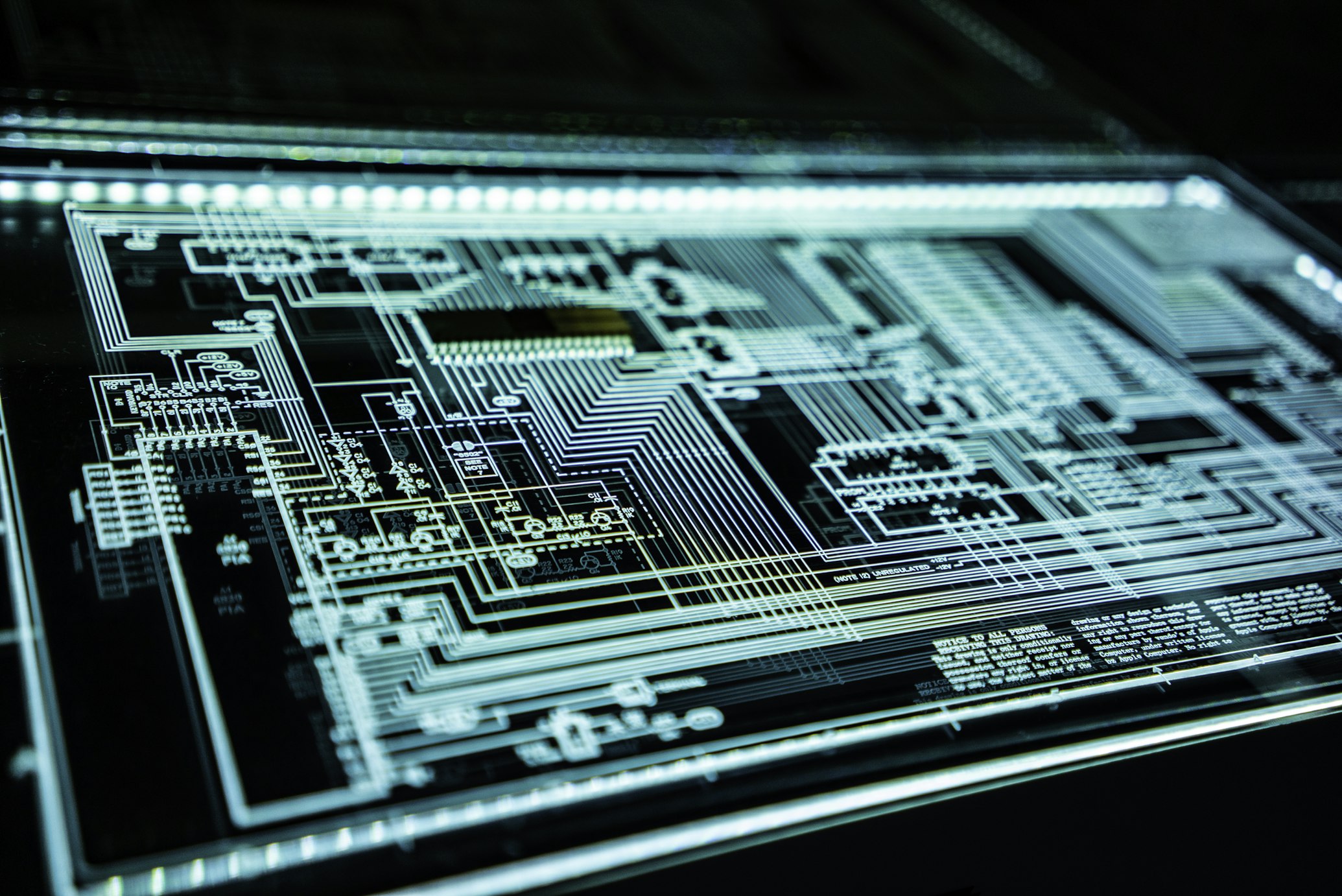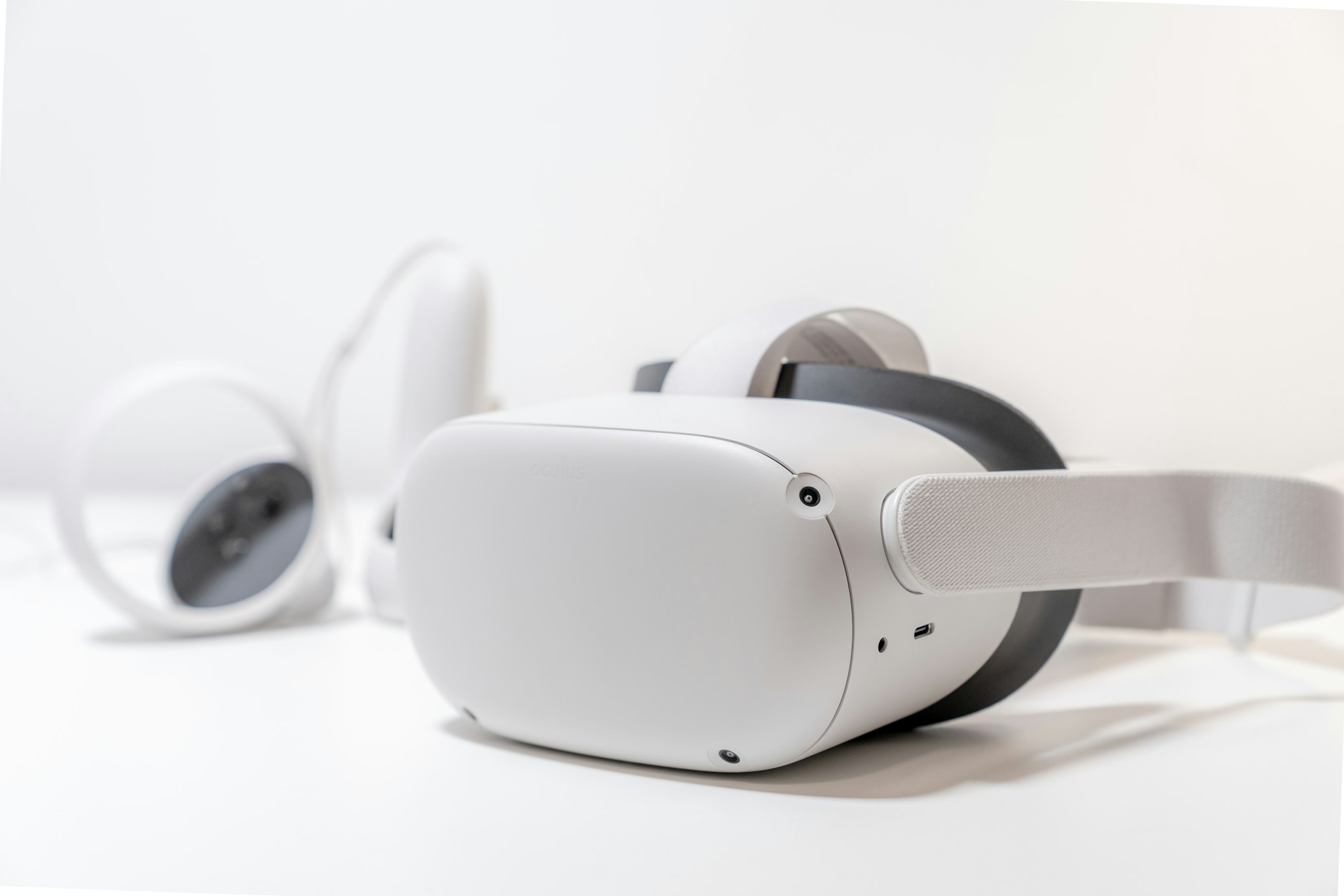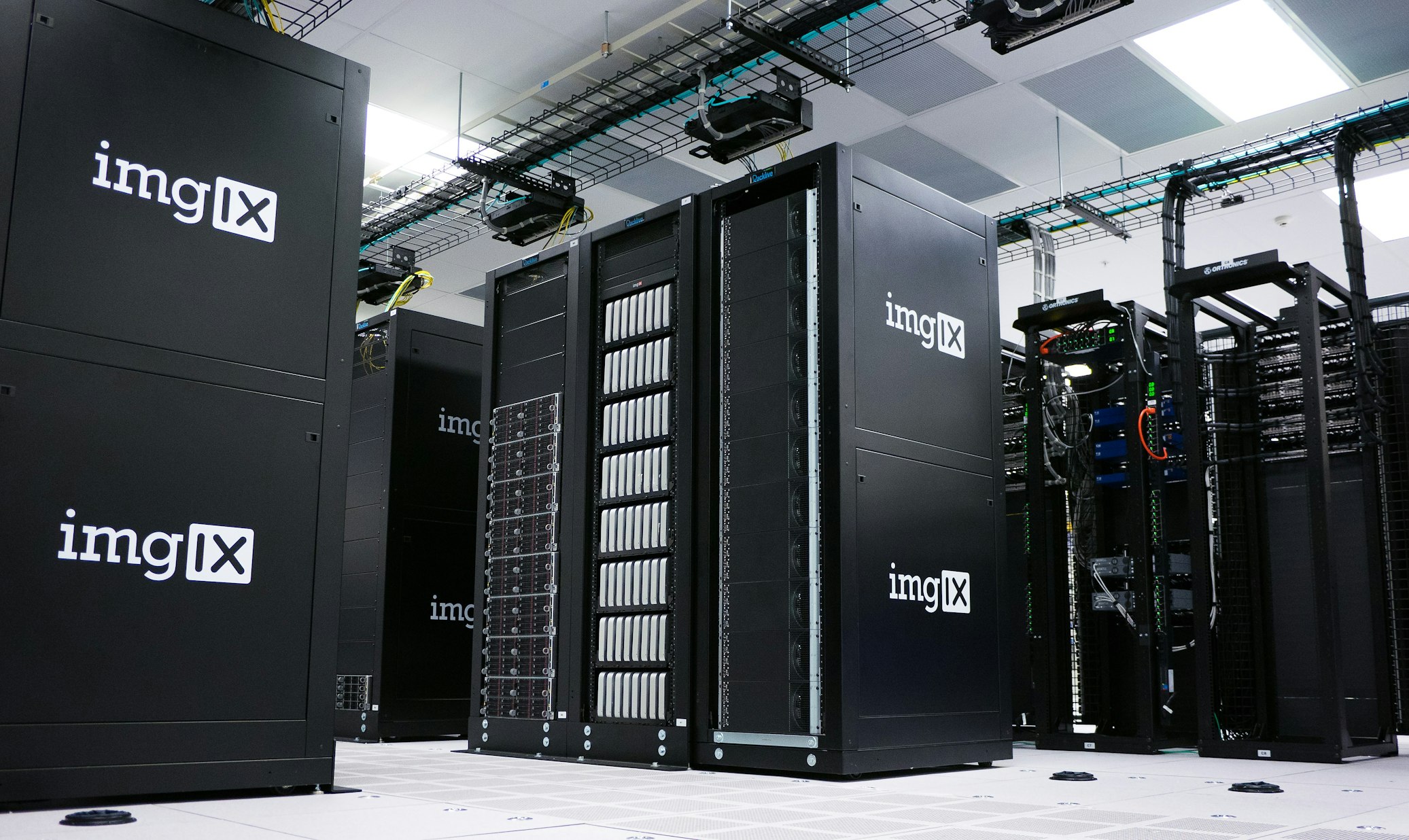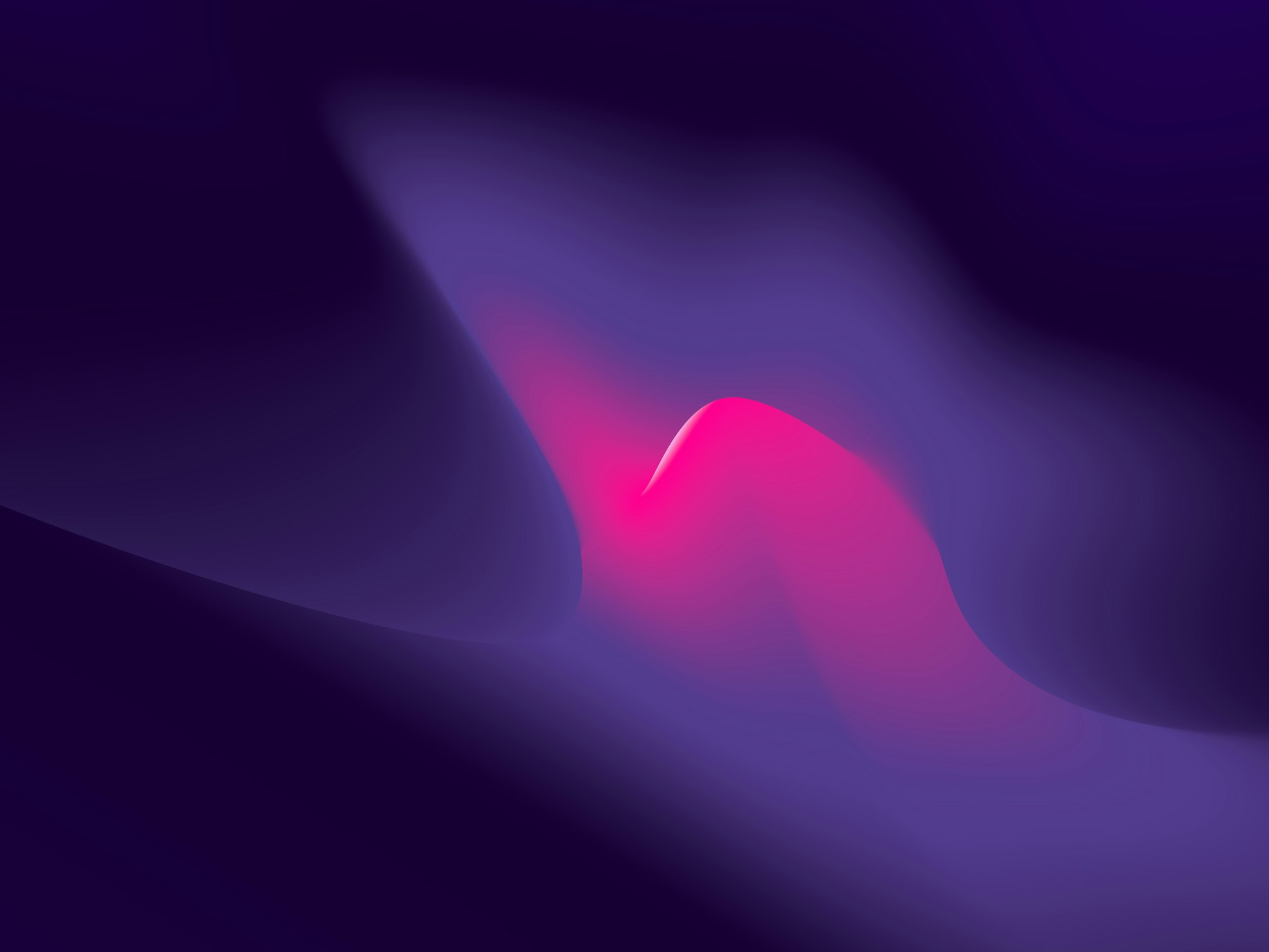Holographic Marketing: Creating Immersive Brand Experiences

In 2025, holographic marketing has emerged as one of the most powerful tools for creating memorable brand experiences. No longer confined to science fiction, AI-generated holographic content is now accessible to businesses of all sizes, creating immersive experiences that drive unprecedented levels of engagement and emotional connection.
The Evolution of Holographic Technology
The journey to mainstream holographic marketing has been rapid. Just three years ago, holographic displays required specialized hardware and controlled environments. Today, thanks to breakthroughs in light-field technology and AI-driven rendering, holographic experiences can be deployed in everyday environments—from retail spaces to public transit to consumers' homes.

"The democratization of holographic technology has been remarkable," explains Dr. Sophia Chen, Director of Immersive Technologies at HoloTech Institute. "What once required millions in equipment can now be achieved with devices that cost less than a premium smartphone. This accessibility has opened up holographic marketing to businesses that previously couldn't have considered it."
How Brands Are Using Holographic Marketing in 2025
1. Spatial Product Demonstrations
Leading retailers are using holographic displays to showcase products in ways that were previously impossible. Furniture brands allow customers to visualize full-sized pieces in their actual living spaces, while fashion retailers enable virtual try-ons with holographic mirrors that show how garments move and fit from every angle.
"Our holographic product demonstrations have increased conversion rates by 78% compared to traditional online shopping," reports Marcus Johnson, Chief Innovation Officer at LuxHome. "Customers can now see exactly how our furniture fits in their space, with accurate lighting and scale. It's eliminated the uncertainty that previously held back online furniture purchases."
2. Narrative Holographic Experiences
Beyond simple product demonstrations, brands are creating narrative holographic experiences that tell immersive stories. These experiences blend entertainment and marketing in ways that traditional media cannot match.
"We recently launched a holographic experience that allows customers to 'walk through' the journey of our sustainable manufacturing process," says Elena Rodriguez, CMO at EcoLuxe. "Customers can literally see how our materials are sourced and transformed, with interactive elements that respond to their questions and interests. The average engagement time is 14 minutes—unheard of with traditional marketing content."

3. Holographic Brand Ambassadors
Perhaps the most striking development in holographic marketing is the rise of AI-powered holographic brand ambassadors. These digital representatives combine the visual presence of holograms with the conversational abilities of advanced AI, creating interactive brand representatives that can engage with customers in natural, unscripted conversations.
"Our holographic brand ambassador, Maya, interacts with thousands of customers daily across our global locations," explains James Chen, Global Experience Director at TechNova. "She can answer product questions, provide personalized recommendations, and even handle complex customer service issues. The combination of visual presence and conversational AI creates a level of trust and engagement that purely voice or text-based AI simply can't match."
The Technology Behind Holographic Marketing
The current generation of holographic marketing solutions relies on several key technologies:
Light Field Displays
Unlike traditional 3D displays that require special glasses, light field technology creates true holographic images by projecting light rays that mimic how light naturally reflects off physical objects. The latest light field displays can create holograms visible from multiple angles with accurate depth and lighting.
AI-Driven Real-Time Rendering
Creating photorealistic holographic content once required massive computing resources and pre-rendering. Today's AI-powered rendering engines can generate photorealistic holographic content in real-time, allowing for dynamic, interactive experiences that respond to user actions and environmental conditions.
Spatial Mapping and Environmental Understanding
Advanced spatial mapping technologies allow holographic content to interact convincingly with the physical environment. Holograms can now cast shadows, reflect in surfaces, and even respond to the lighting conditions of the room they're displayed in.

Implementing Holographic Marketing: Practical Considerations
For brands looking to implement holographic marketing, there are several approaches depending on objectives and resources:
Entry-Level: Holographic Display Partnerships
Many retail spaces, malls, and event venues now offer holographic display infrastructure that brands can rent for campaigns. This approach allows for experimentation with holographic marketing without significant hardware investment.
Mid-Level: Portable Holographic Solutions
Several companies now offer portable holographic display systems that can be deployed for pop-up experiences, trade shows, or temporary installations. These systems typically include both the hardware and software needed to create basic holographic experiences.
Advanced: Custom Holographic Ecosystems
For brands fully committed to holographic marketing, custom solutions can integrate holographic displays throughout the customer journey, from at-home experiences via consumer devices to in-store installations and event activations.
Measuring Holographic Marketing Effectiveness
One of the advantages of holographic marketing is the rich data it generates on customer engagement. Advanced analytics platforms can track:
- Attention Metrics: Precisely how long customers engage with specific elements of a holographic experience.
- Emotional Response: Using computer vision to analyze facial expressions and body language in response to holographic content.
- Interaction Patterns: How customers physically interact with holographic elements, revealing preferences and interests.
- Conversion Impact: Direct tracking of how holographic experiences influence purchasing decisions.
The Future of Holographic Marketing
As we look beyond 2025, several emerging trends promise to further transform holographic marketing:
- Tactile Holography: Emerging technologies that add haptic feedback to holographic experiences, allowing customers to "feel" virtual products.
- Persistent Holographic Environments: Shared holographic spaces that persist across time and locations, enabling collaborative brand experiences.
- Neural-Responsive Holograms: Holographic experiences that respond not just to physical interactions but to neural signals, adapting to customers' thoughts and emotions.
At Henson Marketing Solutions, we're at the forefront of implementing holographic marketing strategies for forward-thinking brands. Our team combines technical expertise in holographic technology with deep marketing knowledge to create immersive brand experiences that drive unprecedented engagement and conversion. Contact us to learn how holographic marketing can transform your customer connections in 2025 and beyond.
Ready to explore Holographic Marketing?
Book a consultation with our Immersive Experience specialists to discover how holographic technology can create unforgettable brand experiences for your customers.
Schedule a Holographic Demo